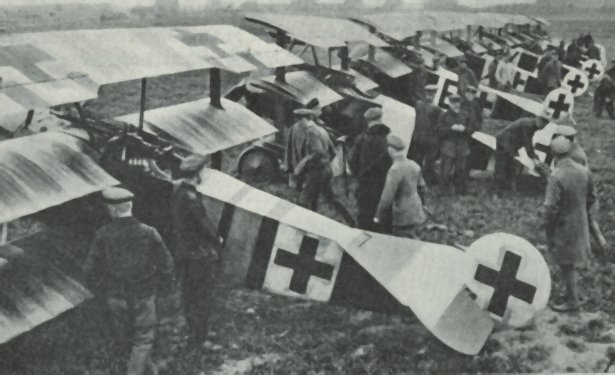When you say Eisenkreuz, are you talking about this cross (also known as the Balkan Cross):

or this cross?

RE: the flag replacement in Ga, IT'S THE SAME CONFEDERACY. What a bunch of idiots, and what a great way to prove it's not about historic Confederate racism, but how today's liberal race-baiters can't rile up their rank-and-file with the Stars and Bars! I doubt sincerely the original post we're blabbing about had anything to do with Germany and everything to do with making a connection between this controversy and the Confederate flag. Whatever.
When you say Eisenkreuz, are you talking about this cross (also known as the Balkan Cross):

or this cross?

************************
Well, actually, neither one.
"Eisenkreuz" refers to the curve-sided "Iron Cross".

"Balkenkreuz" refers to the straight sided "Balkan Cross".
Both styles were used in World War One and, in fact, J. Nowarra's history of the German World War One air service is entitled "Balkenkreuz und Eisenkreuz".
The change-over from the Eisenkreuz to the Balkenkreuz occurred as a result of an order from Idflieg (Inspektion der Fliegertruppen - "Inspectorate of Flying Troops") dated 17 March 1918 directing that the Eisenkreuz be replaced by the straight-sided Balkenkreuz.
I suspect that, from a distance, the curved Eisenkreuz could be confused with an Allied roundel insignia and Idflieg desired a more distinctive insignia.
This time period corresponded to the service period of the Fokker Dr. I and period photos demonstrate the hasty field changes from the factory painted Eisenkreuz to the sloppy field painted Balkenkreuz on Fokker Dr. I's.

Fokker Dr. I with factory painted Eisenkreuz

Fokker Dr. I with field painted Balkenkreuz. The "ghosts" of the Eisenkreuz are still visible.
Idflieg was not too specific about the dimensions of the new insignia so the early Balkenkreuz in the Spring of 1918 were "blocky" as the old Eisenkreuz were simply straightened out.
Later in 1918, the thinner type of Balkenkreuz was standardized as seen in these Fokker D. VII's. This style of cross was even more distinguishable from Allied roundels than the early "blocky" Balkenkreuz.

During World War Two, the distinctive World War Two style of Balkenkreuz was used.

After World War II, that Balkenkreuz was so associated with Nazi Germany that it was replaced by the World War One style Eisenkreuz. The modern day Eisenkreuz, however, differs from the World War One cross in that the white border does not extend to the ends of the arms of the cross. The World War One white border completely encircled the cross.





